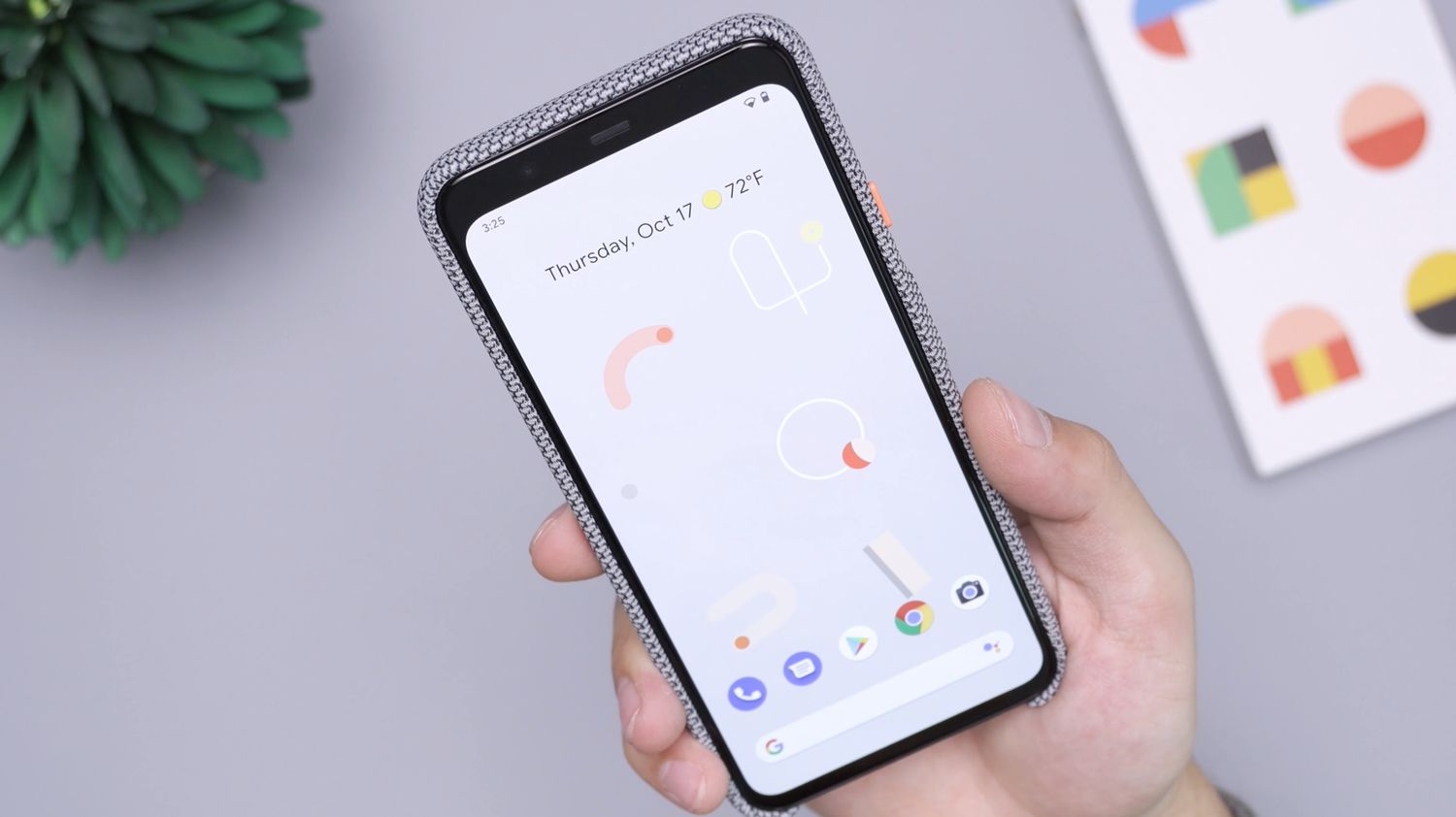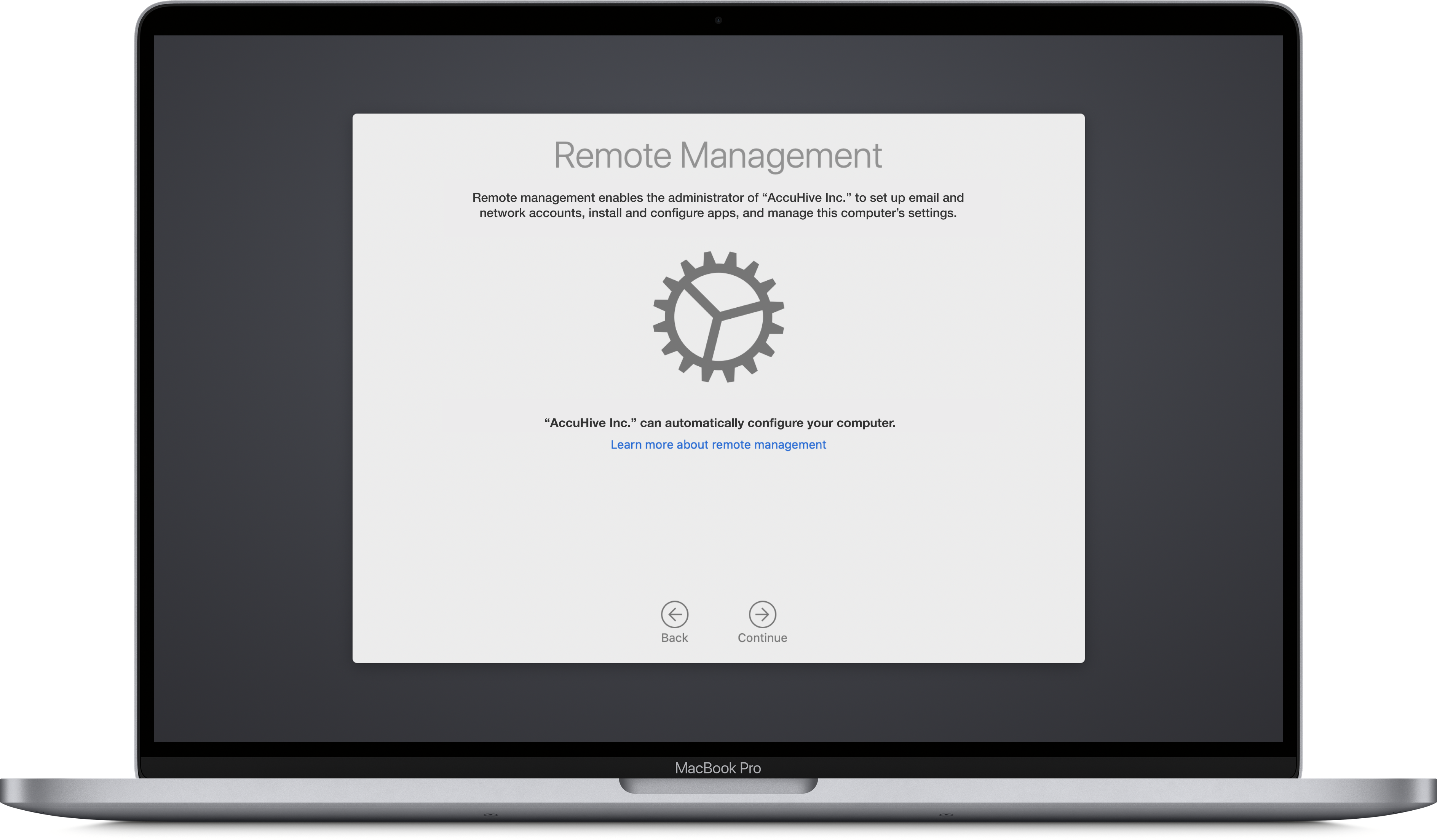Make sure both your Windows 10 machine and your Mac are connected to the same network. Click Cortana in Windows 10 and enter 'Command Prompt'. Open the Command Prompt app. If Mail on your Mac can’t connect to your email account. If you entered the correct password for your email account in the password dialogue in the Mail app on your Mac, but Mail says it can’t connect to your email account, your email account provider may be rejecting the password. The following instructions show how to use Network Connect to access the VPN and apply to users with Macintosh OS 10.7 - 10.9 (Lion, Mountain Lion, and Mavericks). This process is demonstrated below.Note: Java is required to run Network Connect. Once you login you will see a settings panel next to your Kwilt device then under 'Network settings' you will see the IP address for either Wifi or Wired depending on how you have your Kwilt device connected.If you are having issues with setting up or you run into trouble please reach out to our support team via Chat, Email or Phone.

| Title | Start Date & Time | End Date & Time |
|---|---|---|
| Service Issue Reported: MS Windows Licenses | Wednesday, October 21, 2020 - 3:40pm | |
| Service Restored: Zoom - issue causing delays in Mac devices hosting or joining meetings | Thursday, November 12, 2020 - 2:45pm | Thursday, November 12, 2020 - 3:12pm |
| Service Maintenance Scheduled: Enterprise Database (Multiple Services Impacted) | Sunday, November 15, 2020 - 9:00am | Sunday, November 15, 2020 - 12:00pm |
| Service Maintenance Scheduled: Enterprise Applications Including Campus Solutions & Portals | Sunday, November 15, 2020 - 6:00am | Sunday, November 15, 2020 - 6:00pm |
| Service Maintenance Scheduled: https://bitbucket.colorado.edu/ | Wednesday, November 18, 2020 - 4:00pm | Wednesday, November 18, 2020 - 5:00pm |

/ipad-bluetooth-57d80ddb5f9b589b0a8826a4.png)
Problems using your email accounts. If an email account is inactive. If a mail server rejects your login information. If Mail can’t connect to your email account. Free up storage space for email accounts.
Like many tech-savvy thirty-somethings my household has acquired quite a few Wi-Fi-connected devices over the past few years:
- Fitbit Aria Wi-Fi scale
- Wireless printer
- Smart thermostat
- Apple TV/Roku
- Smart HDTV
- Wi-Fi baby monitor
- Wi-Fi security cameras
- Smart phones, tablets, computers
- etc.
Our network had gradually become highly populated with devices, and I didn’t even notice. When I upgraded our router a while back I used the same SSID and password so I didn’t have to reconfigure any Wi-Fi connected devices (although I did set up a separate 5Ghz network for video streaming for a few devices). It has literally been years since I had to do any kind of inventory on what devices we had on our Wi-Fi network.
With IoT device vulnerabilities becoming more commonplace I wanted to make sure nothing looked fishy on my Wi-Fi network. My router’s web interface was pretty good, but for fun I installed TP-Link’s Tether app on my iPhone to try it out. Once I logged into my router via the app it showed a list of connected devices. I recognized many right away, but there were several that I didn’t recognize with names like “Unknown” or “NP-<bunch of characters>.” In my head I couldn’t reconcile the number of devices on my network with the number of devices that I thought should be connected, so I decided to dig deeper.
I started looking for a way to identify the devices I didn’t recognize, and that led me to http://www.coffer.com/mac_find. I was able to type in the MAC address for each device on the website and see who the vendor was (the Tether app helpfully displays the IP and MAC addresses for each device). If the vendor name didn’t make it obvious, a brief Google search found the answer. For example, the Fitbit Aria scale’s MAC address came up with “GainSpan” as the vendor. That led me to this article that confirmed what it was. If the MAC address didn’t provide good information, I tried searching the device name itself. One device was named “NP-<serial number>” and so I searched “network device starts with np-” and the first result for me led to a forum post on Roku’s website that confirmed this was my Roku.
As I identified devices, I updated their names in the Tether app so I don’t have to remember them in the future. I’ll be sure to update the list as new devices are added going forward.
Mac App That Emails When Device Connects To Network Wirelessly
One more recommendation: try running a scan with https://iotscanner.bullguard.com/ to see if any IoT devices on your network could be vulnerable.